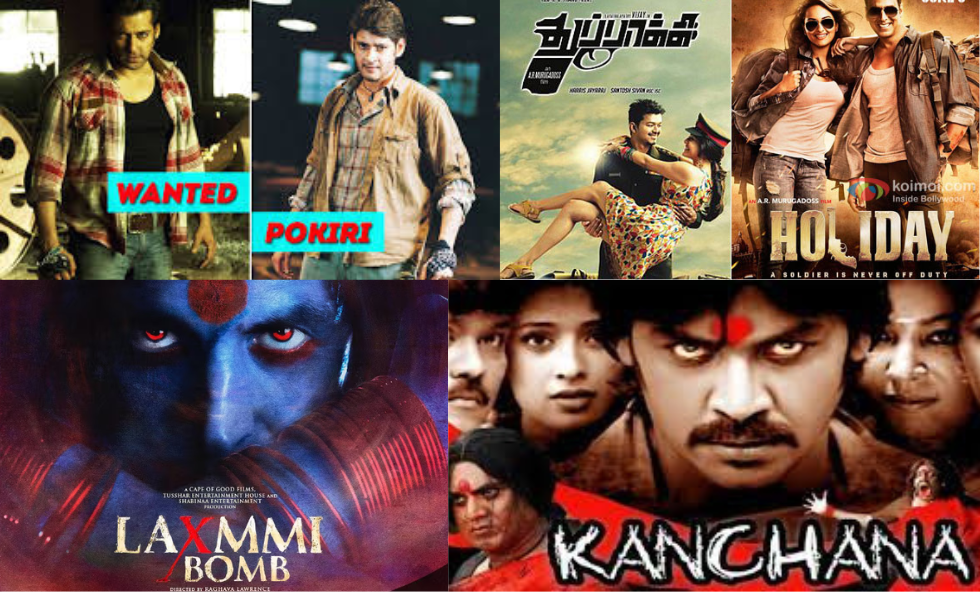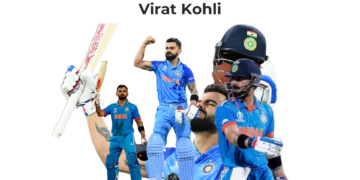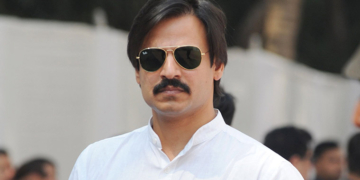Bollywood, often referred to as the heart of Indian cinema, has long been celebrated for its vibrant storytelling, dazzling dance sequences, and melodious songs. For decades, it captivated audiences worldwide, offering a unique blend of culture, emotions, and entertainment. However, as we step into the 21st century, the grandeur seems to be fading, and Bollywood is dealing with a series of challenges that threaten its once-strong dominance. We’ll look into the various reasons behind Bollywood’s decline, from the popularity of streaming platforms to changing audience preferences and the rise of independent cinema.
The Impact of Streaming Services
The advent of streaming services has undeniably altered the landscape of Bollywood and the wider Indian film industry. These platforms, including heavyweights like Netflix, Amazon Prime Video, and Disney+ Hotstar, have emerged as formidable rivals to traditional cinematic experiences. They provide viewers with an extensive array of content choices, spanning international and local productions, all accessible with a simple click.
The convenience of streaming has transformed audience expectations. They no longer need to wait for the release of a blockbuster film; instead, they have instant access to a diverse catalog of Bollywood movies and series. This shift has put immense pressure on Bollywood to adapt its storytelling, marketing, and distribution strategies. The traditional model of relying solely on box office success is no longer a surefire formula for triumph. In this new era, Bollywood must find innovative ways to engage viewers and secure its relevance in the ever-evolving world of entertainment.
Changing Audience Preferences

The winds of change in Bollywood are undoubtedly driven by the shifting tastes of its audience, with a pronounced impact on the younger generation. This dynamic demographic seeks narratives that go beyond the conventional and venture into the realms of freshness, relatability and thought provocation. Bollywood, historically associated with formulaic storytelling, faces a huge challenge in meeting these evolving preferences.
Today’s viewers are looking for authenticity and diversity, craving stories that mirror their own experiences and aspirations. They demand characters and plots that resonate on a deeper, more personal level. The call for relatability echoes loudly, urging Bollywood to break free from its established molds and explore uncharted territories of storytelling.
This major shift in audience expectations serves as both a wake-up call and an opportunity for Bollywood. To remain relevant, it must adapt, embrace authenticity, and foster diversity in its narratives. Failure to do so could result in obsolescence, a fate no industry stalwart wishes to encounter. The future of Bollywood hinges on its ability to evolve and meet the demands of its discerning, forward-looking audience.
The Era of Nepotism
Nepotism, the practice of favoring family members or friends in hiring or promoting them, has been a buzzword in Bollywood for decades. It is particularly in the spotlight after a controversial incident involving a star kid.
There are valid arguments on both sides of the nepotism debate. On the one hand, star kids do have an unfair advantage in the industry. They are often given roles in big-budget films without having to audition, and they have access to the best resources and connections. This can make it difficult for fresh talent to break into the industry.
On the other hand, it is also important to remember that star kids are not all created equal. Some are talented and hardworking, while others are not. Just like non-star kids, star kids should be judged on their individual merits.
Ultimately, the nepotism debate is about creating a level playing field for everyone in the Bollywood industry. This means giving everyone an equal chance to succeed, regardless of their family background. One way to achieve this is to implement stricter auditioning processes for all roles, including those for star kids. Some examples include Ranbir Kapoor, Alia Bhatt, and Deepika Padukone. However, there are also instances where star kids have struggled to make a mark in the industry. Some examples include Arjun Kapoor, Sonakshi Sinha, and Hrithik Roshan.
Lack of Originality

In an era that values originality and creative innovation, Bollywood has, at times, struggled to break free from the comfort of established formulas. The industry’s heavy reliance on remakes, sequels, and adaptations, often from international sources, has left audiences yearning for fresh, homegrown narratives. This overdependence on proven templates raises questions about whether Bollywood’s penchant for familiarity is stifling the emergence of truly groundbreaking storytelling.
The Financial Equation
Beyond the dazzling façade of the Bollywood film industry lies a financial landscape marked by increasing costs of production. With grand sets, star-studded casts, and elaborate song-and-dance sequences, budgets have soared. The industry’s lifeline, box office earnings, faces challenges as changing viewing habits and digital piracy erode revenues. Moreover, the pandemic has inflicted severe financial setbacks, prompting introspection on how Bollywood can adapt and ensure its economic resilience in an ever-evolving entertainment landscape.
The Struggle of Independent Cinema
Amidst the glitz of mainstream Bollywood, a quiet revolution is unfolding in the form of independent cinema. These filmmakers, unburdened by the constraints of commercial expectations, are crafting stories that break away from formulaic narratives. Their dedication to authenticity and storytelling prowess has resonated with audiences hungry for substance. Regional cinema, in particular, is flourishing, spotlighting the rich cultural tapestry of India. This movement not only challenges the status quo but also highlights the potential of alternative storytelling in Indian cinema’s future.
The Power of Social Media
Social media has become a formidable force in shaping Bollywood’s fortunes. It offers an unparalleled platform for marketing and audience engagement, enabling films to reach wider audiences than ever before. However, it’s a double-edged sword. The same platforms magnify controversies, giving rise to public scrutiny and debates. Social media has democratized opinions and provided a voice to the audience, forcing Bollywood to adapt to changing expectations. It’s a dynamic landscape where reputation management and authenticity are paramount.
The Need for Inclusivity and Diversity
Bollywood’s portrayal of gender, caste, and sexuality has come under scrutiny in recent years. The industry is increasingly recognizing its responsibility to be more inclusive and sensitive to social issues. To reflect the diversity of India’s culture and society, Bollywood is slowly but surely undergoing a transformation. Films address pertinent social topics, challenge stereotypes, and feature more diverse characters. The journey towards greater inclusivity and authenticity is ongoing, but it’s a critical step towards a more socially responsible Bollywood.
Conclusion
As the final curtain lifts on Bollywood’s past splendor, it’s essential to acknowledge that its decline is not irreversible. The challenges it faces, from formulaic storytelling to nepotism, are hurdles on the path to revival. Bollywood has always been a reflection of India’s cultural panorama, evolving with time and societal changes.
To restore its charm, Bollywood must embrace diversity, nurture fresh talent, and champion original storytelling. It needs to listen to its audiences, who hunger for authenticity and substance. Moreover, the industry must engage with the power of social media as both a promotional tool and a channel for honest criticism.
The fading appeal of Bollywood is not a death warning but a wake-up call. It’s an opportunity for reinvention, a chance to recapture the magic that once made it a global phenomenon. Bollywood’s future lies in its ability to adapt, innovate, and reconnect with the hearts of its audience. And, as history has shown, when Bollywood gets it right, it can captivate the world like no other.






Discussion about this post